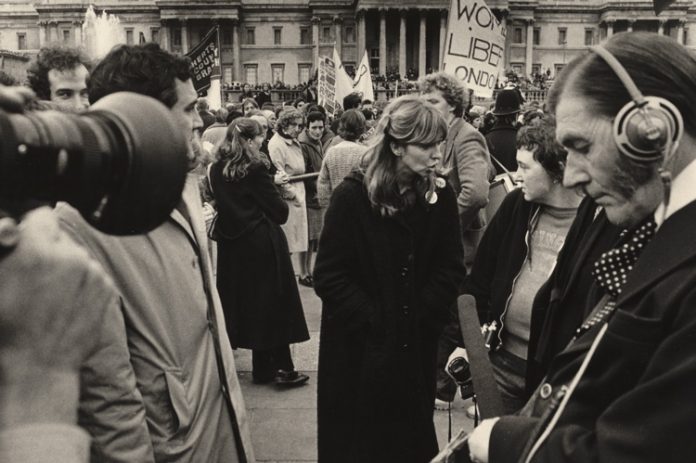
We’re supposed to be satisfied. Now that ladies have the vote and gentlemen are meant to check their privilege, the problem of women’s oppression is said to have been solved. But to my mind there is still a long way to go – just look at the pay differentials which are now a matter of public record – and women won’t get closer to full equality unless the next generation does what our foremothers did: tackle the big questions, full-on; and leave the micro-aggressions to sort themselves out.
I was reminded of the need to think big and act accordingly when, as part of Women’s History Month (March, in case you missed it), I attended a talk at Ilford’s Eastside Community Heritage centre. The subject was Women in Protest in East London. During the talk which looked back at previous generations of women’s protest, I kept thinking, boy, did these old girls know how to cause a stir? And they seem to have have had it especially large compared to the small-mindedness which now characterises some of feminism’s ‘fourth wave’.
Take a look at the women who campaigned for the right to work after both World Wars. In wartime when the men were enlisted to fight, women were drafted in to the factories to work – notably the Canary Girls whose skin was tinted yellow by the chemicals in munitions (armaments) factories. Then when the men came back, in 1918 and again in 1945, women were shunted out and sent back home to cook, clean and have babies. Except that many of them refused to move out of the way.
In the first half of the twentieth century, the women who resisted repatriation to the kitchen were only partially successful. After the Second World War, for example, women in factories were largely displaced from highly skilled work, though they managed to hold on to semi-skilled and clerical roles. But from the 1960s onwards, with the coming of contraception and the partial legalisation of abortion (under strict control of the male dominated medical profession), many women refused to accept such second class status. The Ford machinists, for example, campaigned for their work sewing car seats in Ford’s Dagenham to be classified as skilled work. They insisted on being validated alongside their male counterparts. Until they fought to take their rightful place, they were valued less than the apprentice boys sweeping the floor.
Contrary to popular belief, it wasn’t the money that was their main priority. First and foremost, they demanded full recognition of the skill involved in the work they were doing. Their initial protest got them a pay rise, but they fought for a further 12 years before their status (and pay) was put on a par with skilled, male counterparts. Meanwhile, thousands of women in hundreds of workplaces had followed their example.
So, yes, feminists do still care, and we still fight for the causes we believe in because there is still so much to be done in order to achieve gender equality. To this end, after looking back at the amazing women of East London, I can see that instead of being preoccupied with micro-aggressions, the women of this generation need to step it up as they did.
Going after every tiny, sexist comment doesn’t help us in the long run. Instead it discredits everything we have already achieved as a feminist movement. The current wave of feminism isn’t taken seriously and we need to do something to change that if we want to make any sort of social change. Each generation has its role to play in the fight for equality: the women of yesterday played theirs; and now it’s our turn to have it large.
“Making A Documentary Photograph, 1979” by tonyhall is licensed under CC BY
